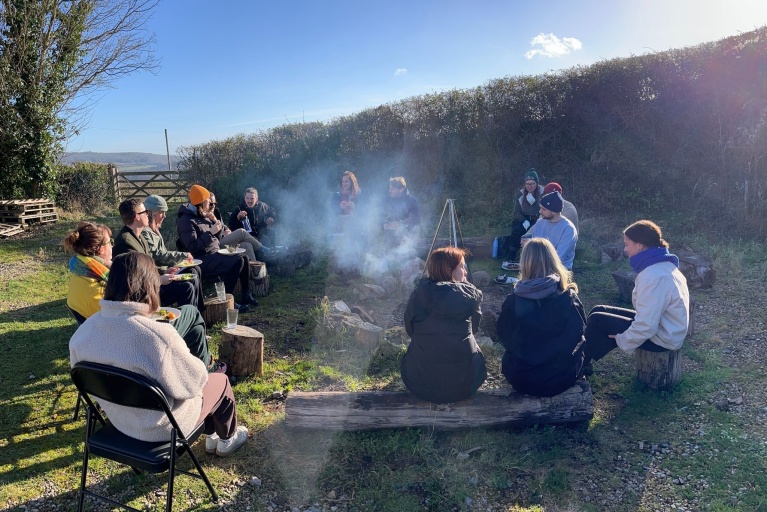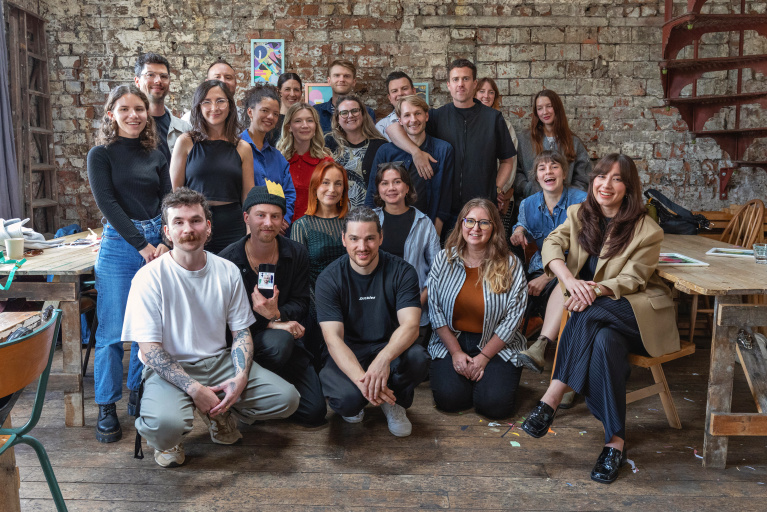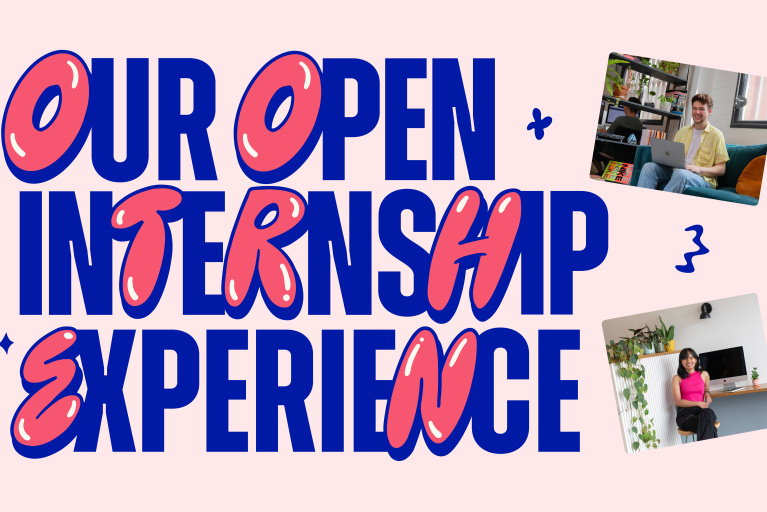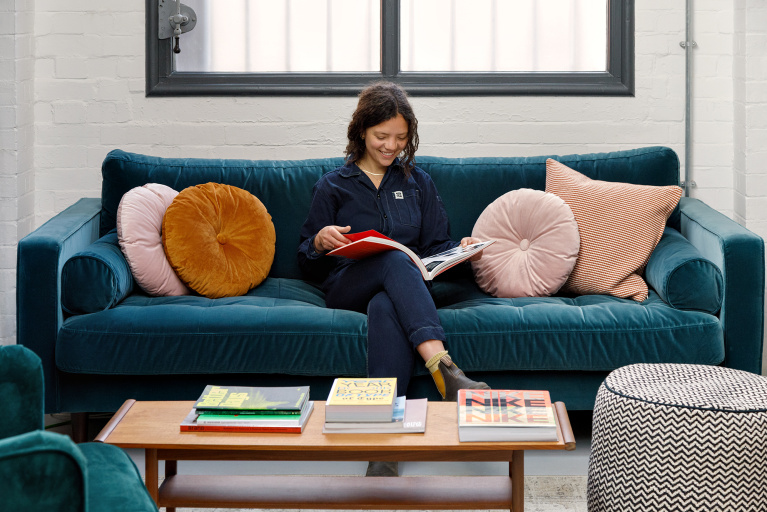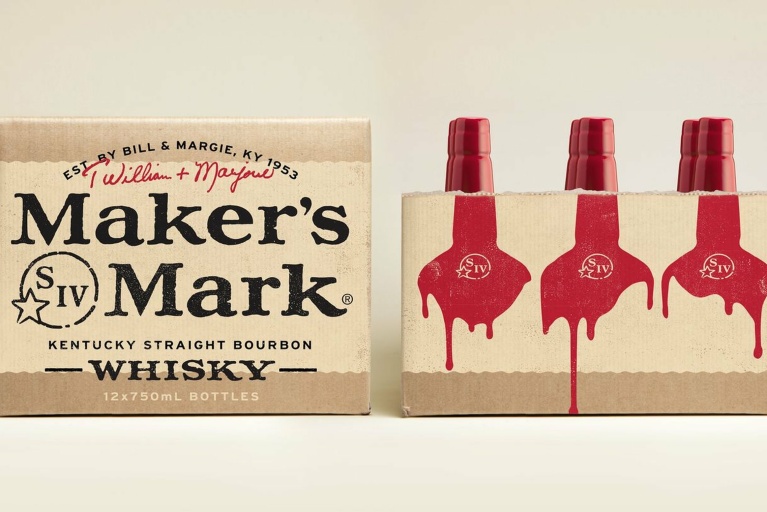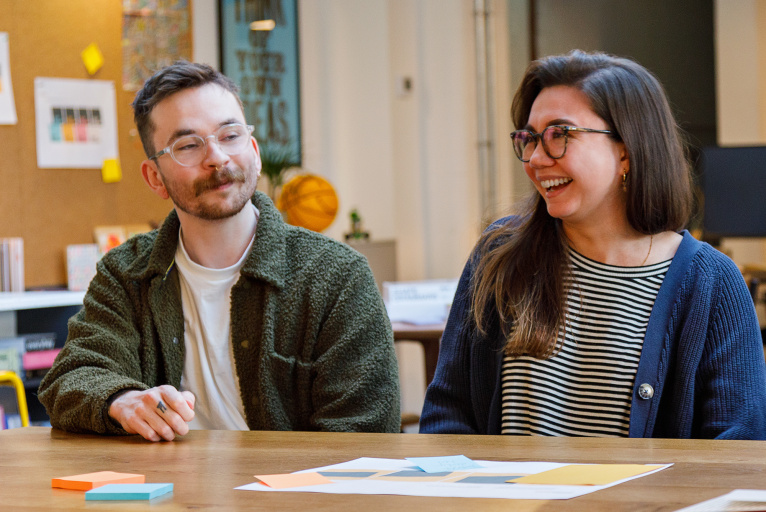“God saw what he had made and it was good…
…next time, it will be perfect!”
Imagine this… your massive project is coming to an end. It’s cost you blood, sweat and tears. This is the moment you’ve been waiting for: the pay off. “Yes!” it finally launches! But instead of pride, satisfaction and closure…it’s just relief.
Or try this… your client sends you some feedback, which is a small, unexpected change in direction to what you had in mind, and suddenly the whole vision is ruined. Not just the vision — the project. Your heart sinks and you’re already a martyr, giving in to all their demands. You think “maybe next time.”
Or maybe, you’re like me and you have a couple of ideas going and then it hits you. Bam! This is the one. You’re in love. And, sure, everyone else picks holes in it and asks for more ideas, but in your heart you’re done. You think: “I’ll come up with some other terrible ideas, just to make this one look good.”
Sound familiar? These scenarios are classic examples of perfectionism. And I think there is a better way that is more helpful for us and the dynamic, relational world we live in, which actually increases our creative energy and makes us happier.
First, a few words about what we talk about when we talk about perfectionism.
It turns out that our concept of “perfection” was mainly given to us by the Greeks. And, of course it’s useful, but it’s not perfect. For something to be perfect, it can only change if it get’s worse. And yet in lots of the work we do at Fiasco we say things like “web development is never finished…it can always be improved” and “our work is always evolving”. But those two things don’t really fit together: a perfectionist worldview is quite incompatible with enjoying our life as designers and artists. It encourages us to postpone our happiness until some undefined future date.
Instead, let’s resurrect the power of this humble word ‘good’. In the ancient Hebrew story of creation, it describes a collaborative, energetic God that enjoys the process of creation and keeps calling everything “good” — even before he’s finished. Everything that is created is imbued with the ability to change and increase and multiply, and it is all celebrated before taking a well earned break. #notetoself
I like this because creativity is endless. When something is good, it doesn’t run out. It has vibrancy, and energy and dynamism. It can keep on being good. Sometimes something is so good it feels like it could go on forever being that way. Maya Angelou puts it this way: “You can’t use up creativity. The more you use, the more you have.” And we see this in creation all around us.
An oak tree is a great allegory for this. It produces lots of acorns, each one bursting with creative potential, but very few of them become a tree. They are generous and watch to see where they fall, waiting for one to hit the right soil. There is no waste in creation, only abundance and transformation. Waste is a man-made thing.
So what can we do? We learn these things naturally through practice, but here are 6 things we can do to manage it (okay, there aren’t 12 steps, but 6 is even better, right?).
Speed: working quickly helps us to get our self-consciousness out of the way of natural creative processes, which are vulnerable to introspection, self-doubt and criticism.
Be more generous: with ideas in the context of your brief. This is a good way to avoid the stinginess that comes from perfectionist thinking.
Never look back: Mistakes help build a clearer picture of what exactly needs to be done, but only if you actually learn from them and take them with you. Nothing is wasted if you treat it as a development. Don’t start again, integrate.
Make decisions: If you feel yourself getting stuck or losing energy, then don’t look to other people’s work for “inspiration”, instead refocus on the inherent individuality of your brief. It might look ordinary, but your client/brief is where the real stuff lies.
Be fair to yourself: when we judge our creative work, we often never give ourselves credit for the fact it was a collaborative process in which we had to work with our clients / circumstances that are outside of our control. Let alone with constraints on budget and time!
Celebrate: take time to revel in the good things. The classic difference between perfectionism and enjoying our work is the ability to appreciate and enjoy value in both the process of making things, as well as the good things that come at the end.
From my experience, to take just one of these and focus on it for one or two projects can work wonders to improve creative energy. So, give it a try. You deserve it.
And if any of this resonates with you, get in touch! Because it’s great to know that there are other addicts out there and, after all, the first step is honesty.
All artwork from © Léo Caillard’s amazing project with art director Alexis Persani here.



